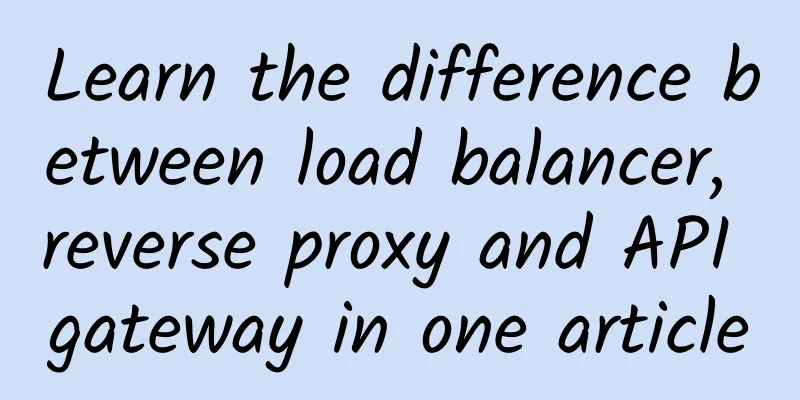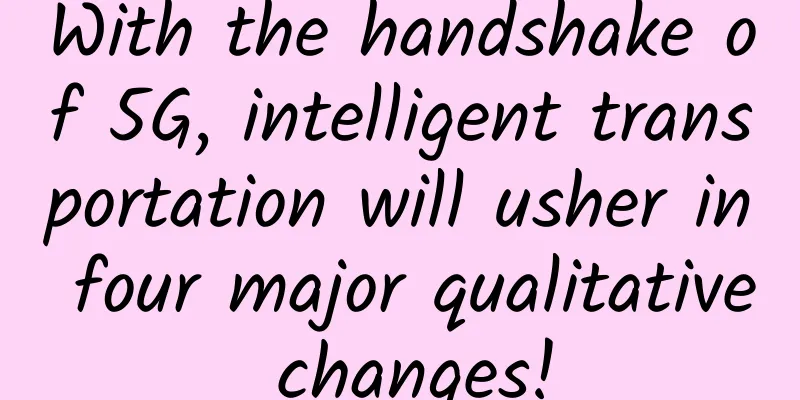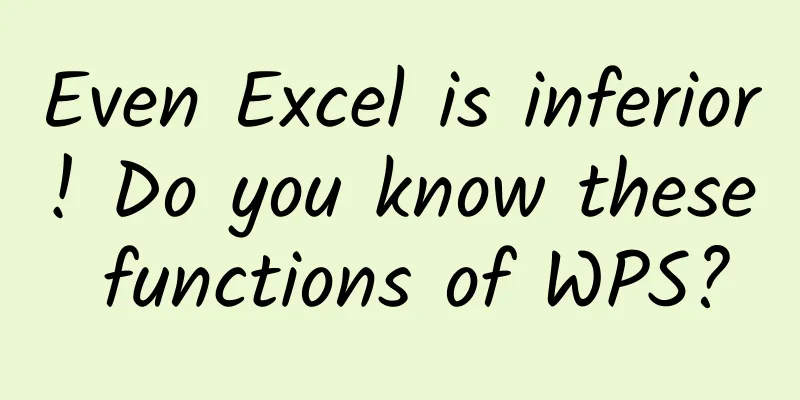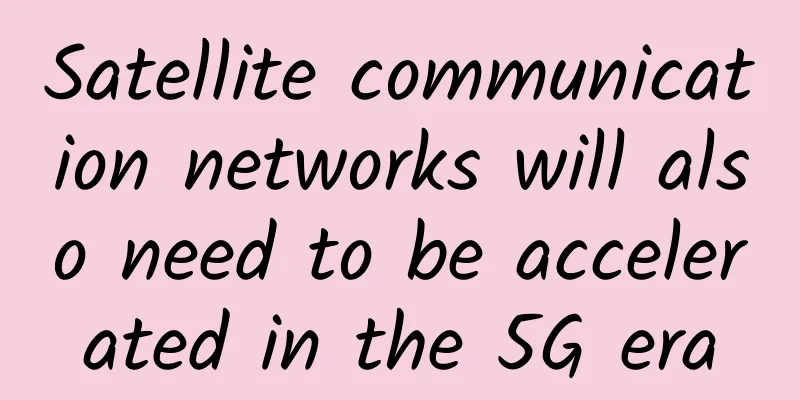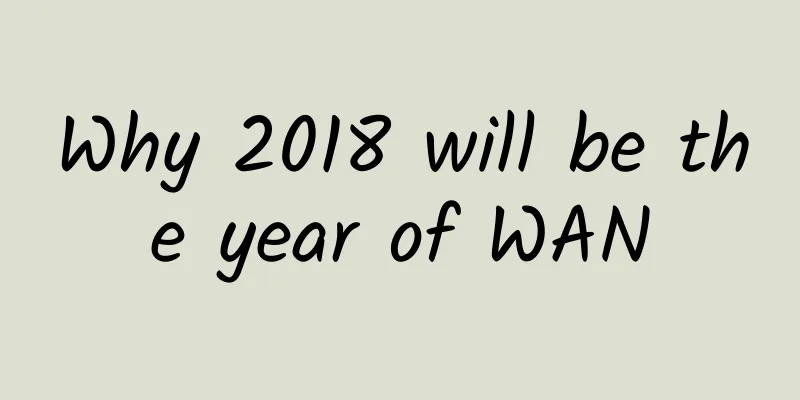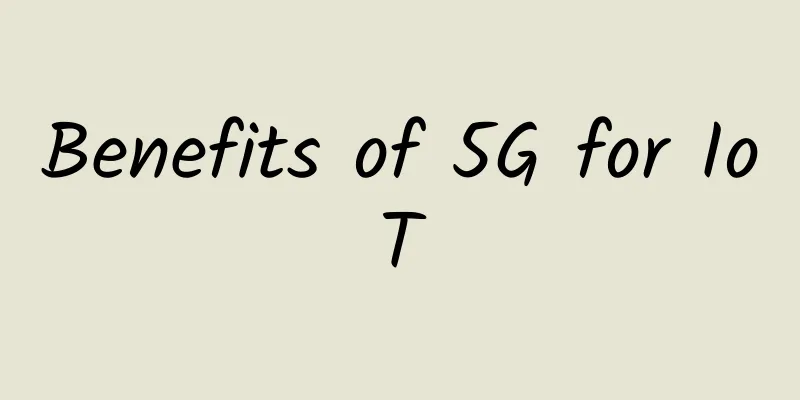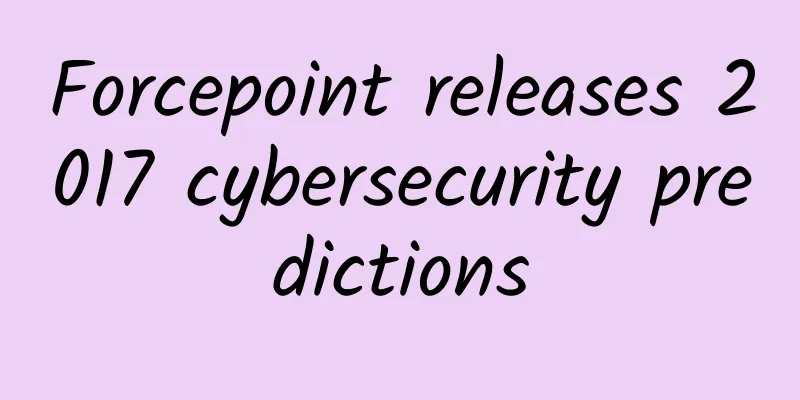Meituan second interview: TCP's four waves, can it be reduced to three?
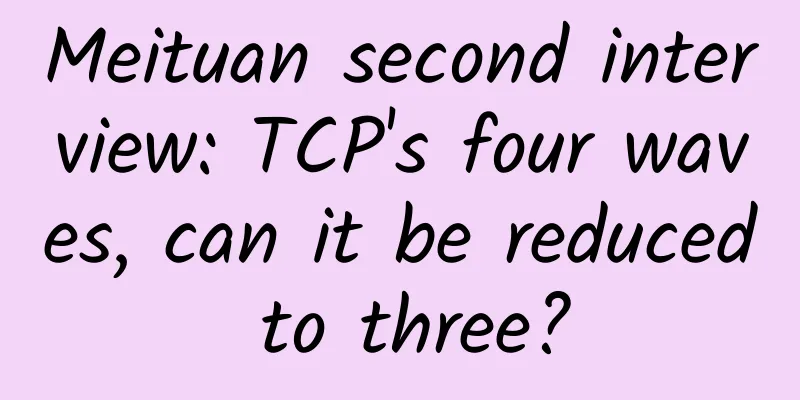
|
Hello everyone, I am Xiaolin. I have posted this article before, but I forgot to mark it as original. Some readers reported that my article was reposted by others, but the original author information was not indicated, so I reposted it and marked it as original. ---------- Main Text ---------- Last week, a reader was asked during an interview with Meituan: Among the four TCP handshakes, can the second ACK message be sent together with the third FIN message? Although we learned that TCP handshaking requires four times to complete TCP handshaking, in some cases, TCP four times handshaking can be turned into TCP three times handshaking. And when using the Wireshark tool to capture packets, we often see that the TCP handshake process is three times instead of four times, as shown in the following figure: First, let's answer why the RFC document defines the TCP handshake process as four times? Then, let's answer under what circumstances will three handshakes occur? Why does TCP need to wave four times?The process of TCP's four handshakes is as follows: Specific process:
You can see that a FIN and an ACK are required in each direction, so it is often called four waves. Why does TCP need to wave four times?When the server receives the FIN message from the client, the kernel will immediately return an ACK message. However, the server application may still have data to send, so it cannot send the FIN message immediately. Instead, it gives the control of sending the FIN message to the server application:
From the above process, we can see that the control of whether to send the third wave is not in the kernel, but in the application of the passive closing party (the server in the above figure). Because the application may still have data to send, it is up to the application to decide when to call the function to close the connection. When the function to close the connection is called, the kernel will send a FIN message, so the ACK and FIN of the server are generally sent separately.
Not necessarily. If a process exits, whether it is a normal exit or an abnormal exit (such as a process crash), the kernel will send a FIN message and complete four handshakes with the other party. Brutal Closure vs Graceful ClosureWhen introducing TCP's four handshakes, the function of closing the connection was not introduced in detail. In fact, there are two functions for closing the connection:
If the client uses the close function to close the connection, then during the TCP four-wave process, if the client receives data from the server, the client's kernel will return a RST message to the server because the client no longer has the ability to send and receive data. Then the kernel will release the connection, and the TCP four-wave process will not be completed. Therefore, we often say that calling close is a rough shutdown. When the server receives the RST, the kernel will release the connection. When the server application initiates a read or write operation again, it will sense that the connection has been released:
In contrast, the shutdown function can specify to close only the sending direction but not the reading direction. Therefore, even during the TCP four-wave process, if the client receives data sent by the server, it can read the data normally, and then it will go through the complete TCP four-wave process. Therefore, we often say that calling shutdown is an elegant shutdown. But please note that the shutdown function can also specify "only close the reading direction, not the sending direction", but the kernel will not send a FIN message at this time, because sending a FIN message means that we will no longer send any data. If shutdown specifies "do not close the sending direction", it means that the socket still has the ability to send data, so the kernel will not send FIN. Under what circumstances will three waves occur?When the passive closing party (the server in the figure above) has "no data to send" and "the TCP delayed confirmation mechanism is turned on" during the TCP wave process, the second and third waves will be transmitted together, resulting in three waves. Then, because the TCP delayed acknowledgment mechanism is enabled by default, when we capture packets, we see more triple waves than quadruple waves. What is TCP delayed acknowledgment mechanism? When sending an ACK without data, its network efficiency is also very low, because it also has a 40-byte IP header and TCP header, but does not carry data packets. In order to solve the problem of low ACK transmission efficiency, TCP delayed acknowledgment is derived. TCP delayed acknowledgment strategy:
If the other party's second data message arrives during the delay waiting for sending ACK, ACK will be sent immediately. The delay waiting time is defined in the Linux kernel, as shown below: The key is the HZ value. HZ is related to the system clock frequency. Each operating system is different. In my Linux system, the HZ value is 1000, as shown below: Knowing the size of HZ, we can calculate:
How to turn off TCP delayed acknowledgment mechanism? If you want to turn off the TCP delayed confirmation mechanism, you can enable TCP_QUICKACK in the Socket settings. Enabling TCP_QUICKACK is equivalent to turning off the TCP delayed confirmation mechanism. // 1 means turning on TCP_QUICKACK, that is, turning off the TCP delayed confirmation mechanism Experimental verificationExperiment 1 Next, let's do an experiment to verify this conclusion: When the passive closing party (the server in the figure above) has "no data to send" and "the TCP delayed confirmation mechanism is turned on" during the TCP wave process, the second and third waves will be transmitted together, resulting in three waves. The server code is as follows. It does a simple job: it reads data, and then immediately calls close to close the connection when read returns 0. Because the TCP delayed acknowledgment mechanism is enabled by default, no special settings are required. #include < stdlib .h > The client code is as follows. It is also very simple. After successfully connecting to the server, it sends data to the server, and then after sleeping for one second, it calls close to close the connection. Therefore, the client is the active closing party: #include < stdlib .h > Compile the server and client code: First enable the server: Then use the tcpdump tool to start capturing packets. The command is as follows: tcpdump - i lo tcp and port 8888 - s0 - w / home / tcp_close .pcap Then enable the client. You can see that after successfully connecting to the server, it exits after sending the data. At this time, the server output: Next, let's take a look at the results of the packet capture. It can be seen that TCP waved 3 times. Therefore, the following conclusion is correct. Conclusion: When the passive closing party (the server in the above figure) has "no data to send" and "the TCP delayed confirmation mechanism is turned on (enabled by default)" during the TCP wave process, the second and third waves will be combined for transmission, resulting in three waves. Experiment 2 Let's do another experiment to see if the TCP delayed acknowledgment mechanism is turned off. Will there be four handshakes? The client code remains unchanged, and the server code needs to add something. In the above server code, the code to turn on the TCP_QUICKACK mechanism is added as follows: After compiling the server code, we started running the server and client codes and used tcpdump to capture packets. The result of the packet capture is as follows, and we can see that there are four hand waves. Therefore, when the passive closing party (the server in the above figure) has "no data to send" during the TCP wave process and "turns off the TCP delayed confirmation mechanism", there will be four waves. Why should the code for setting TCP_QUICKACK be placed after read returns 0? I also found out after many experiments that setting TCP_QUICKACK before bind is not effective. Only when read returns 0, setting TCP_QUICKACK will cause four waves. I checked the information online and found that setting TCP_QUICKACK is not permanent, so if you want to reply ACK immediately every time you read data, you have to reset TCP_QUICKACK after each data read. The purpose of my experiment here is to reply ACK message immediately after receiving the FIN message (first wave) from the client, so TCP_QUICKACK is set when read returns 0. Of course, in actual applications, no one will set TCP_QUICKACK at this position, because the operating system helps us optimize the four waves to three waves through the TCP delayed confirmation mechanism, which is a good thing. SummarizeWhen the passive closing party has no data to send during the TCP handshake process, and TCP_QUICKACK is not enabled (the default is not enabled, which means that the TCP delayed confirmation mechanism is in use), then the second and third handshakes will be combined for transmission, resulting in three handshakes. Therefore, the three handshakes are caused by the TCP delayed confirmation mechanism. |
<<: How will 5G technology change application development?
>>: Why use MAC address when we have IP address?
Recommend
Inventory: Excellent NaaS providers in 2021
NaaS, short for Network as a Service, is a servic...
"Hyper-converged Data Center Network Lossless Ethernet Scenario Level Evaluation Specification" released, Huawei is the first to complete the evaluation
The "2021 Open Data Center Summit" was ...
edgeNAT Double Holiday Promotion: VPS special price starting from 199 yuan per year, 30% off for regular monthly packages and 40% off for annual packages
edgeNAT has just released a promotional event dur...
The third quarter of 2021 has passed. How is the progress of 5G construction in my country?
On October 20, the Ministry of Industry and Infor...
Why can a TCP connection only have "3-way handshake" and not 2 or 4?
We know that the communication modes between clie...
Huawei China ICT Ecosystem Tour 2018 Series of Activities Invite You to Win the "Ecological Era" Together
[51CTO.com original article] In March this year, ...
Let’s talk about what is 5G CPE?
[[350048]] This article is reprinted from the WeC...
[Hotspot] ZTE was fined $1 billion but escaped death. Review of the whole ZTE incident
Last night Beijing time, Xinhua News Agency and f...
50% of the traffic on the Internet is generated by crawlers?
[[238571]] Among a large number of technical term...
The Ministry of Industry and Information Technology introduced a spectrum auction mechanism, which is a new model for 5G spectrum allocation.
Recently, my country promulgated the newly revise...
SD-WAN Buyer's Guide: Key Questions Enterprises Need to Ask Vendors and Themselves
An enterprise's adoption of SD-WAN will start...
Research on 5G promoting industrial information transformation and upgrading
Three years after 5G was put into commercial use,...
In-depth understanding of Linux TCP three-way handshake
Author | zorrozou Preface The TCP protocol is a p...
[Double Holiday] Megalayer Hong Kong CN2 server 399 yuan/month, Hong Kong/US high-end VPS/8 cores, 16G memory, 240G SSD, 3IP, starting from 199 yuan/month
Megalayer has launched a Christmas and 2024 New Y...
Virtono adds new Hong Kong data center, 12 data center KVM annual payment starts from 29.95 euros
I received the latest news from Virtono. The merc...
